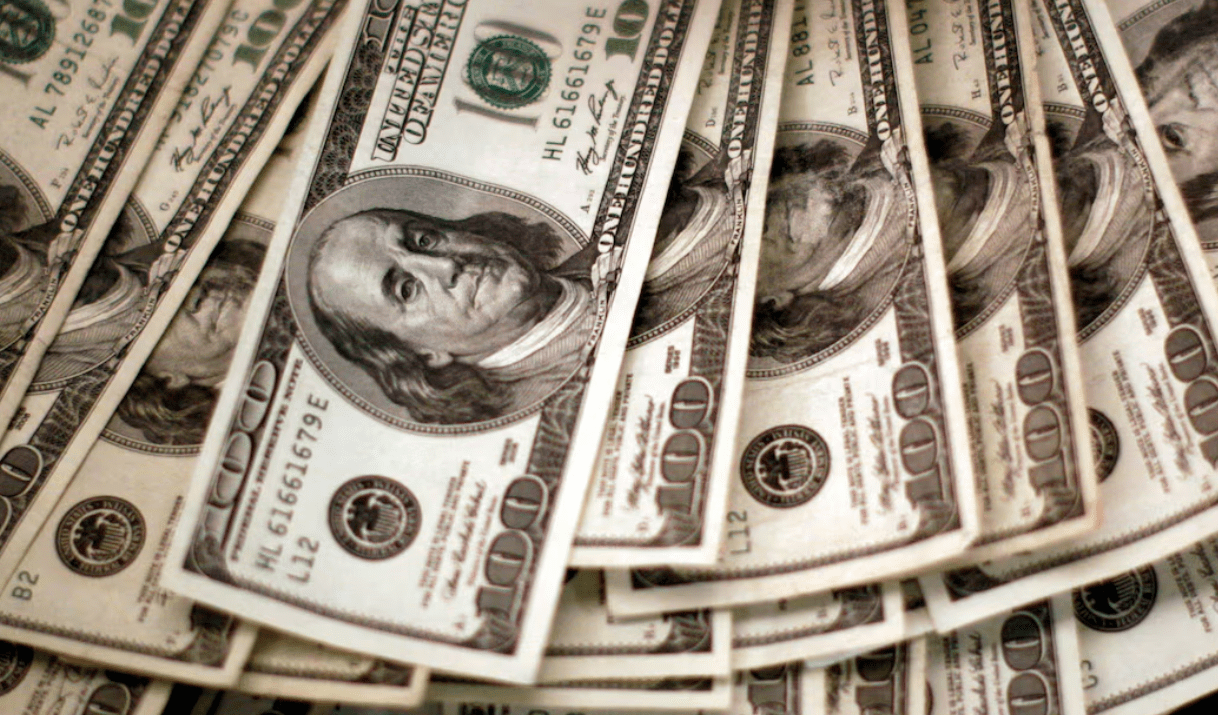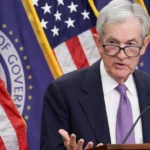European financial officials are quietly debating a radical idea: pooling their dollar reserves to create a safety net independent of the US Federal Reserve. The discussions, confirmed by multiple officials, reflect growing concerns that Washington’s political climate — and President Donald Trump’s confrontational approach, could turn a vital pillar of global finance into a geopolitical pressure point.
Why Europe is Worried
The Federal Reserve’s dollar swap lines are a global lifeline, allowing foreign central banks to borrow dollars during market turmoil. But European officials fear these facilities could be “weaponized” by a Trump administration willing to break norms and pressure allies.
Those fears peaked in April when Trump’s “Liberation Day” tariffs sent shockwaves through global markets, exposing vulnerabilities in banks’ access to US funding. Although Fed Chair Jerome Powell later reassured foreign central banks that swap lines would not be altered, anxiety has not fully faded.
Adding to uncertainty: Powell’s term ends in May, and Trump has said he may pick the next Fed chair by year-end.
Pooling Dollars: Creative, but Complicated
The emerging idea is to combine dollar reserves across European central banks — and potentially include non-EU partners — to build a shared liquidity buffer.
But officials admit the hurdles are huge:
- Europe’s combined dollar holdings are large, but nothing like the Fed’s unlimited dollar-printing capacity.
- Politically, some countries may resist giving up control of their reserves.
- Logistically, pooling dollars might not withstand a severe global market shock.
“Initial analysis hasn’t been encouraging,” one senior central banker admitted.


Not Just Europe — Asia Has Done It Before
The concept resembles the Chiang Mai Initiative, a $240 billion Asian currency pool involving ASEAN, China, Japan, and Korea. Bank of Japan governor Kazuo Ueda recently said similar multi-layered approaches will be essential as financial fragmentation grows.
Still, European officials emphasize their version would be more of a buffer, not a replacement for the Fed.
A Worst-Case Scenario Debate
Even though reliance on swap lines is not considered a “first-order risk” right now, the internal discussion continues at every meeting among European central banks.
They are also preparing secondary defenses:
- Stress-testing banks for dollar funding shortages
- Pushing banks to secure alternative funding channels in Asia and the Middle East
- Reviewing lenders’ plans for accessing dollars without relying on the US
One official summed up the mood bluntly: “We need to consider the worst-case scenario.”
Europe is Bracing for a New Era
As Trump reshapes global economic rules — tariffs, security alliances, Fed pressure — Europe is rethinking long-standing assumptions. The dollar still dominates 60% of global reserves, and the Fed remains the world’s lender of last resort. But confidence in that system is being tested.
The question looming over policymakers:
What happens if the world’s most important financial stabilizer becomes a political tool?
For now, Europe is exploring its backup plans — quietly.









